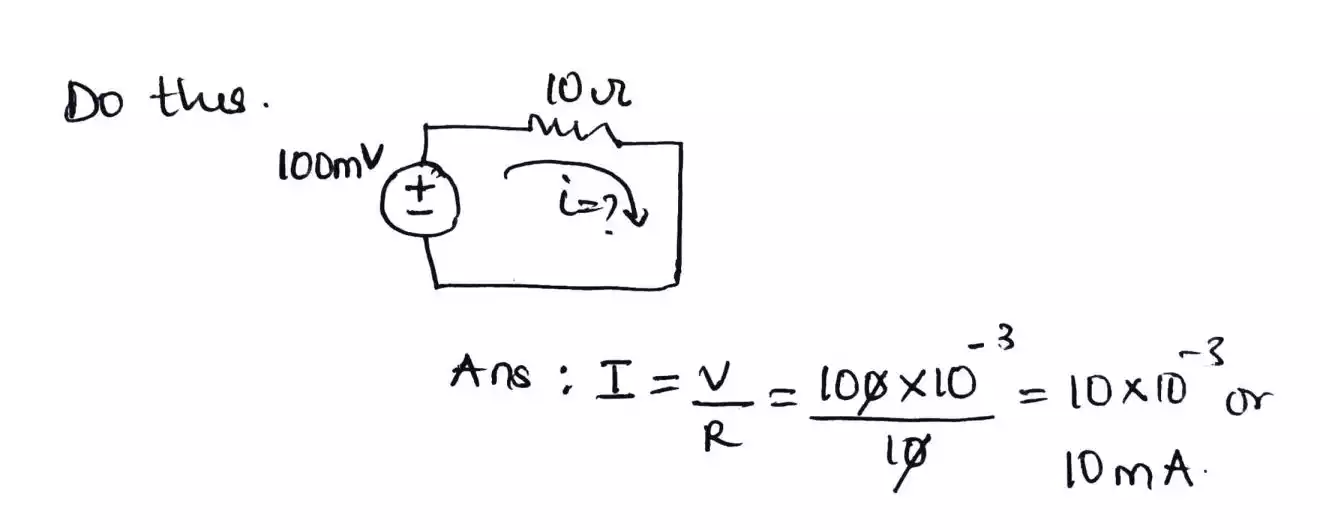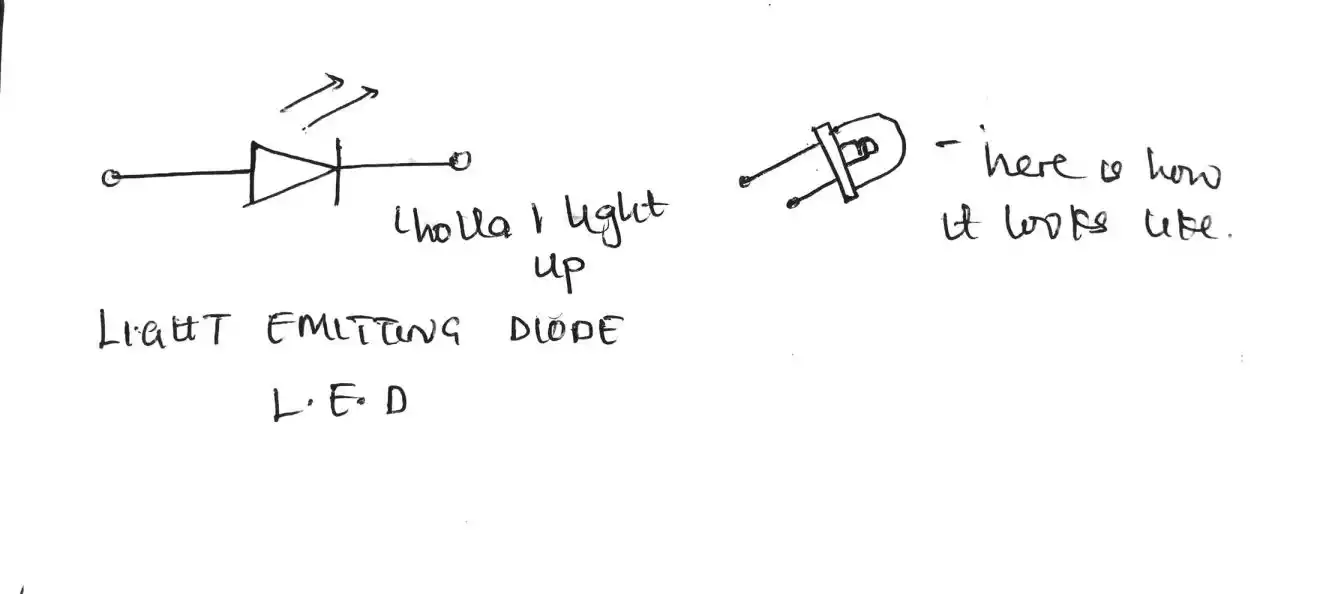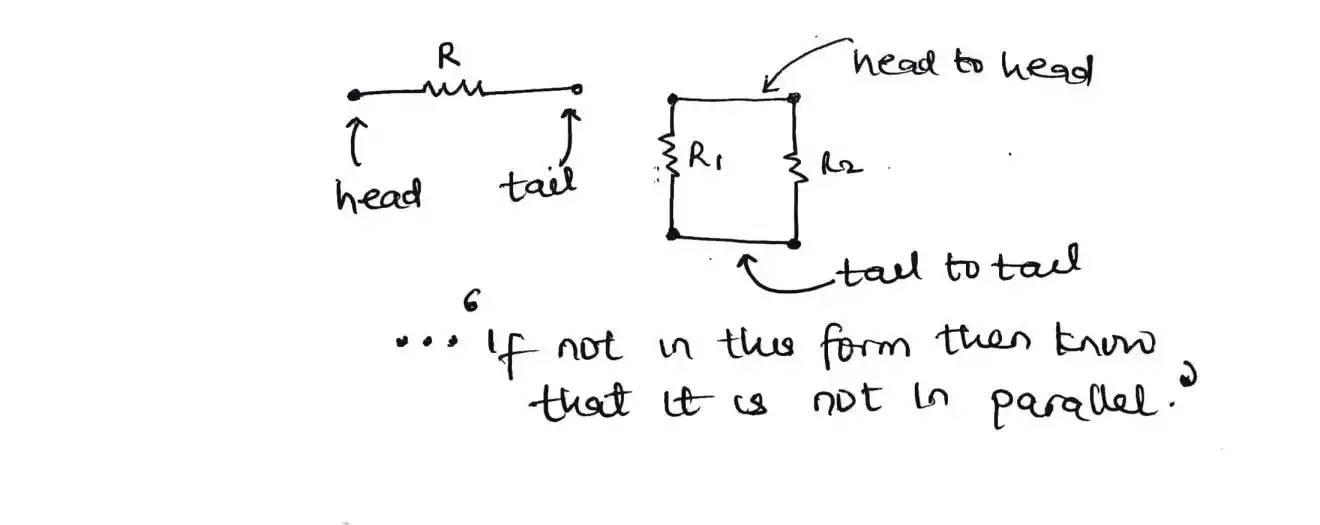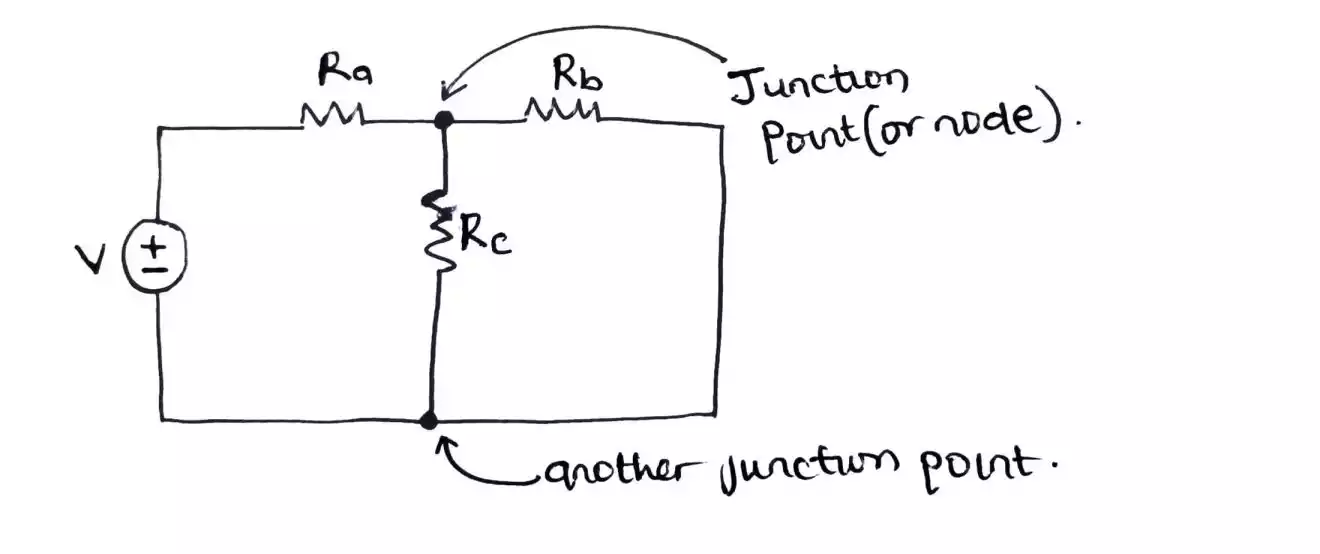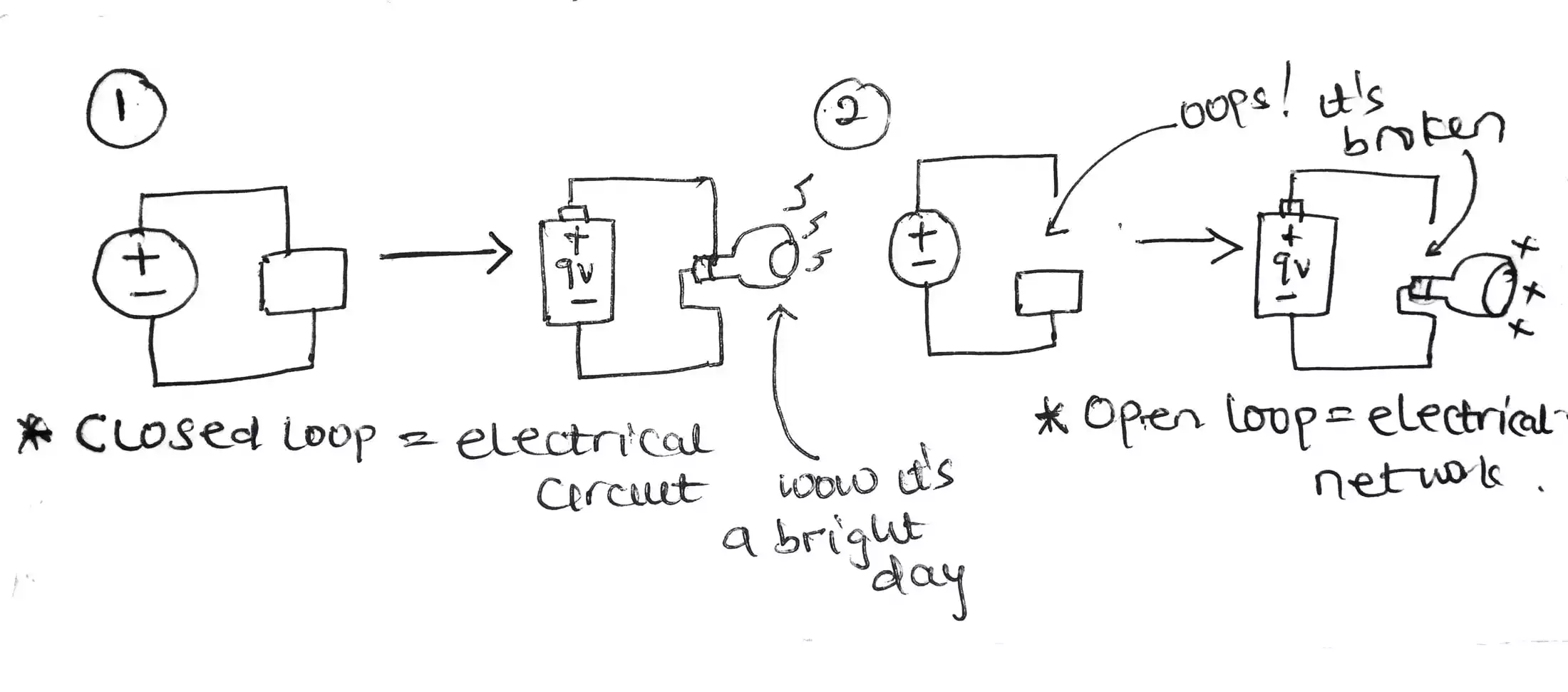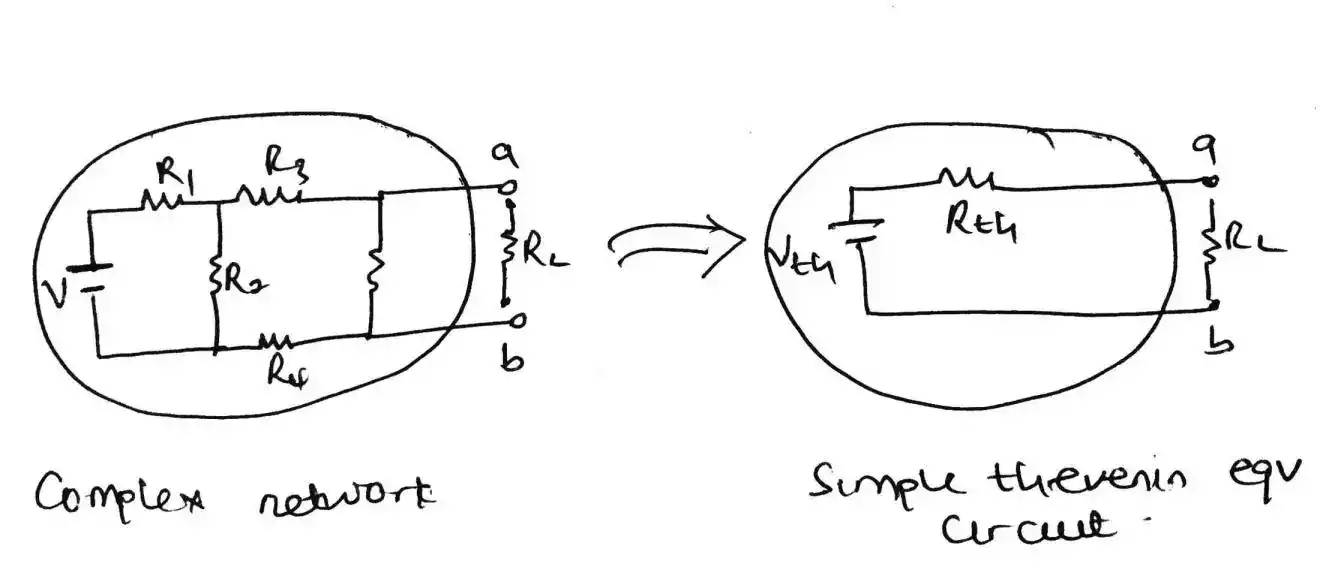What is ohm's law and why do we need it
The ohms law is the fundamental law that relates voltage, current and resistance by using simple mathematical expressions which says V = IR.
Other variations of this expressions can be gotten by making current I and resistance R the subject formula as follows.
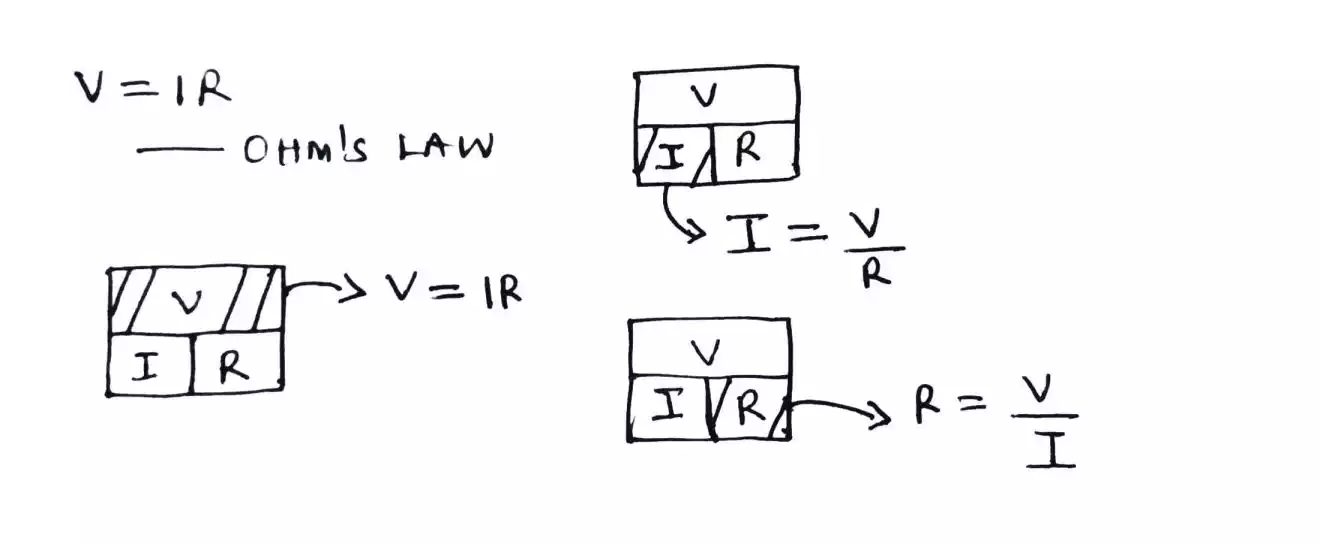
To better understand how this formula relates voltage, current and resistance, we are to use I = V/R expression. If voltage V is bigger then current I will be bigger but, if resistance R is bigger then current I will become smaller.
Small nugget
One thing to note here is that this law is the fundamental and every other laws or techniques that are implored to solve or analyze circuits (e.g. kirchoffs law, nodal analysis and mesh analysis) will always be based on ohms law - so put this at the back of your mind.
Instead of wasting time on boring concept
Let's use these formulas to solve some simple circuits
Ex.1: Find the current flowing in the circuit or through the resistor
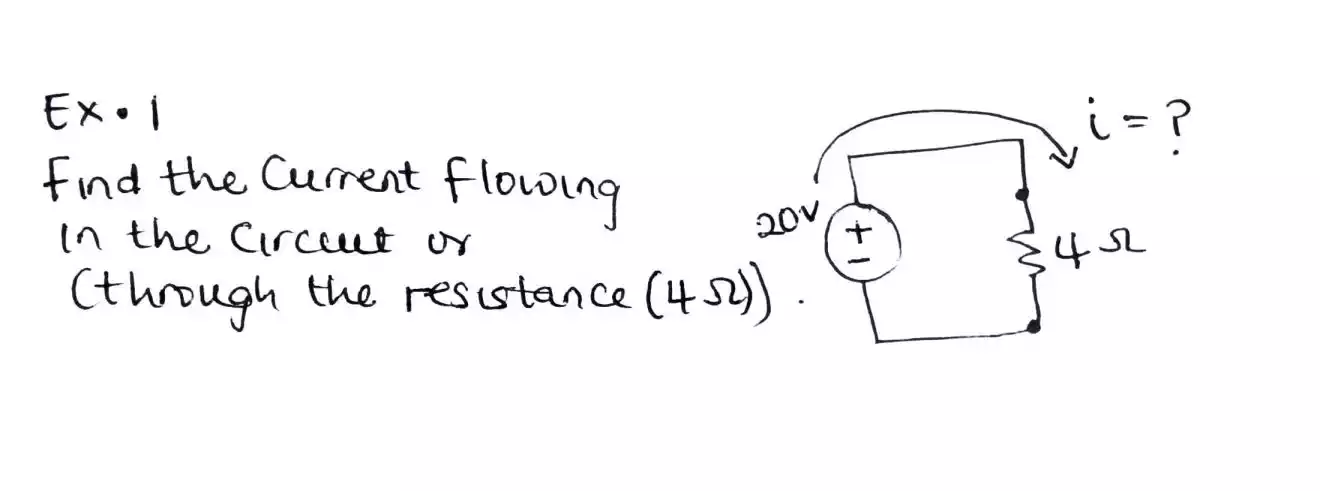
To solve this, let us first define the sign of voltage across the resistor 4ohms - though not a must for now but, we need to note this
as it keeps moving through, the resistor will consume some energy and at this point the battery energy is reduce so the other leg (or output leg) of the resistor is marked as negative
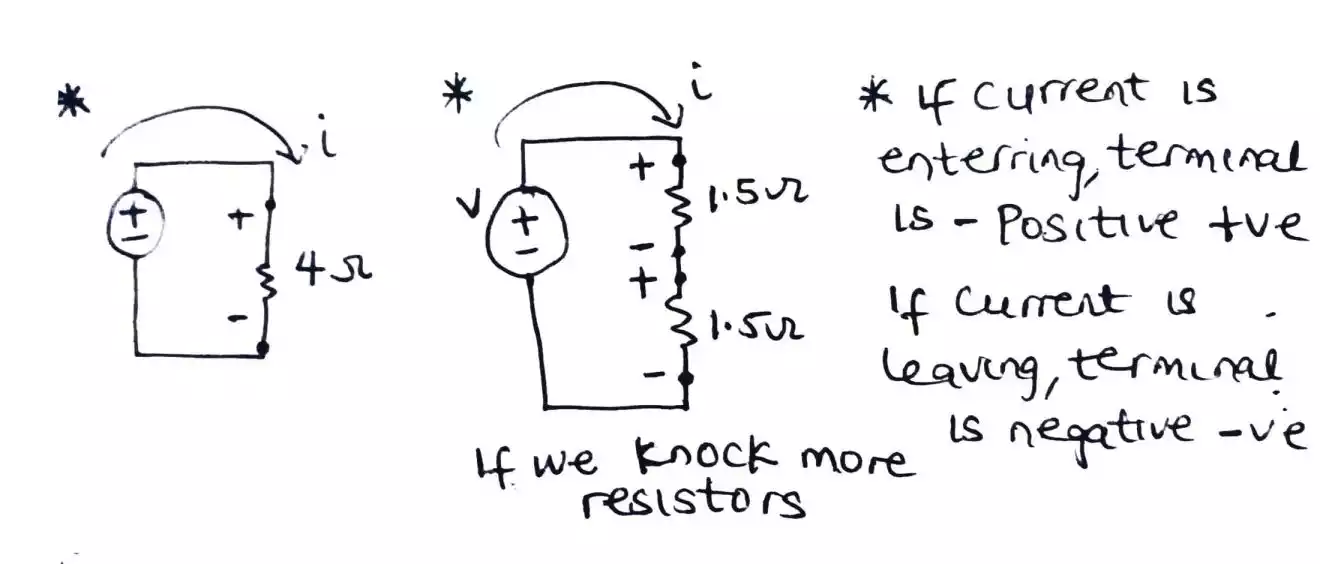
Also if there are two resistors knocked together as shown below, the concept explained previously still holds
Note
What to take note is, if current is entering, terminal or node is to be marked as positive but, if current is leaving a terminal or node, it is marked as negative.
Now back to our example, since voltage V = 20v and resistance R = 4ohms then from I = V/R, I = 20/4 = 5A;
.webp)
In comparison to the circuit drawn before, let's increase the resistance while keeping the voltage same and see if the current will be reduced. I = V/R = 20/5 = 4A. As you can see, the current is reduced since it is inversely proportional to resistance so ohms law is right.
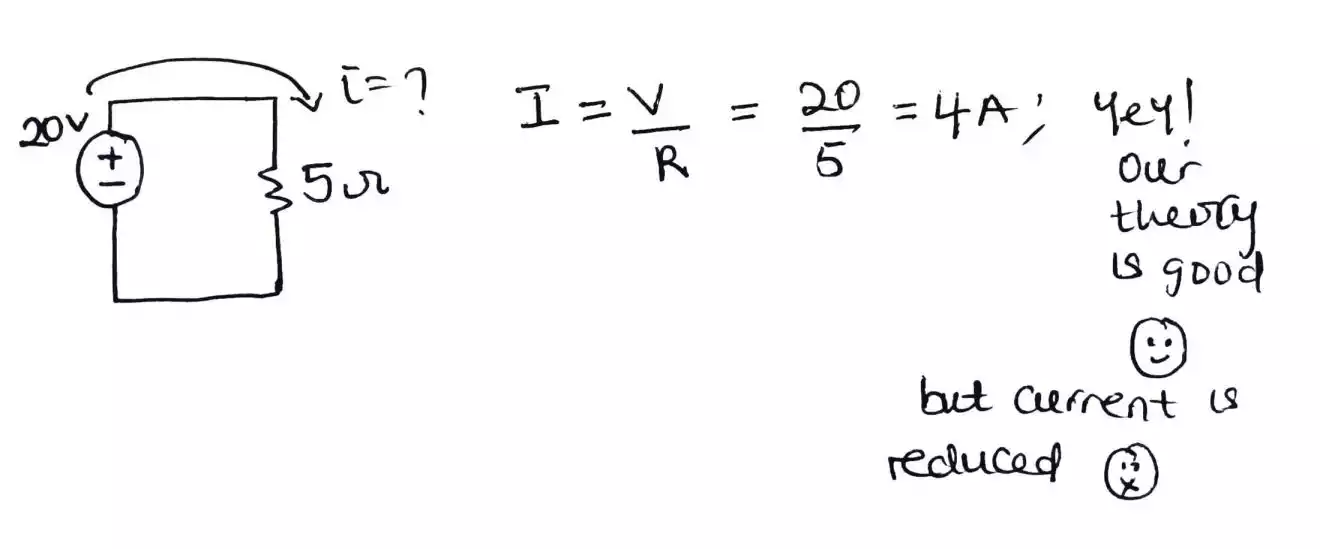
Ex.2: Instead of finding the current, let's find the voltage V.
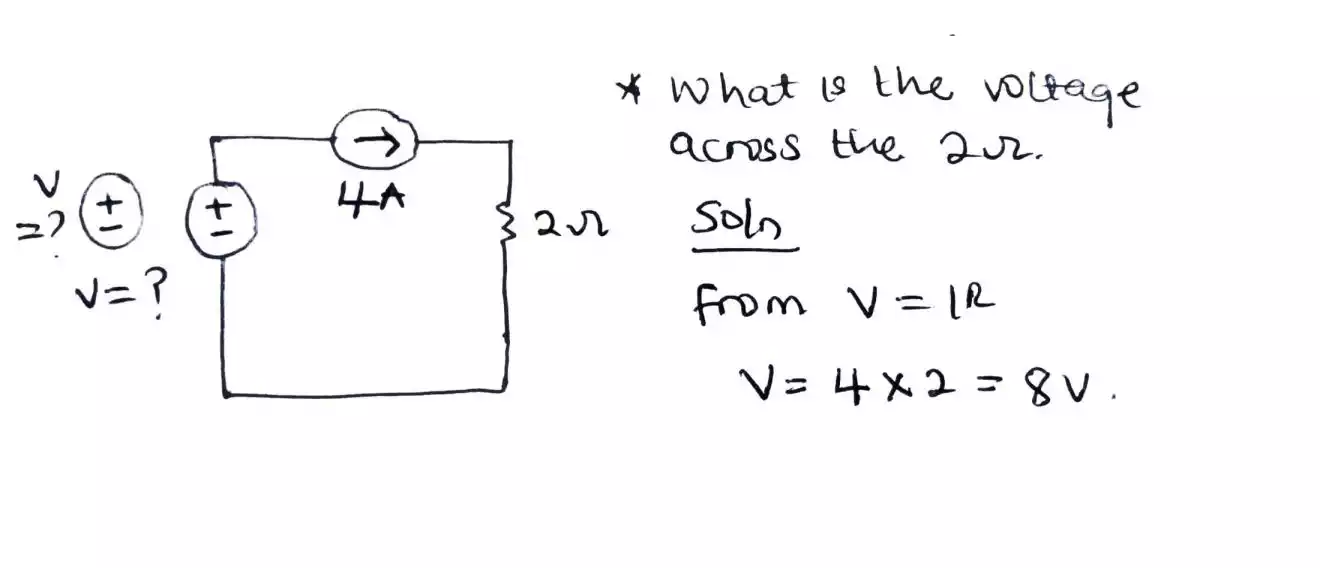
Ex.3: What will the resistance R be if voltage V = 20v and current I = 4A;
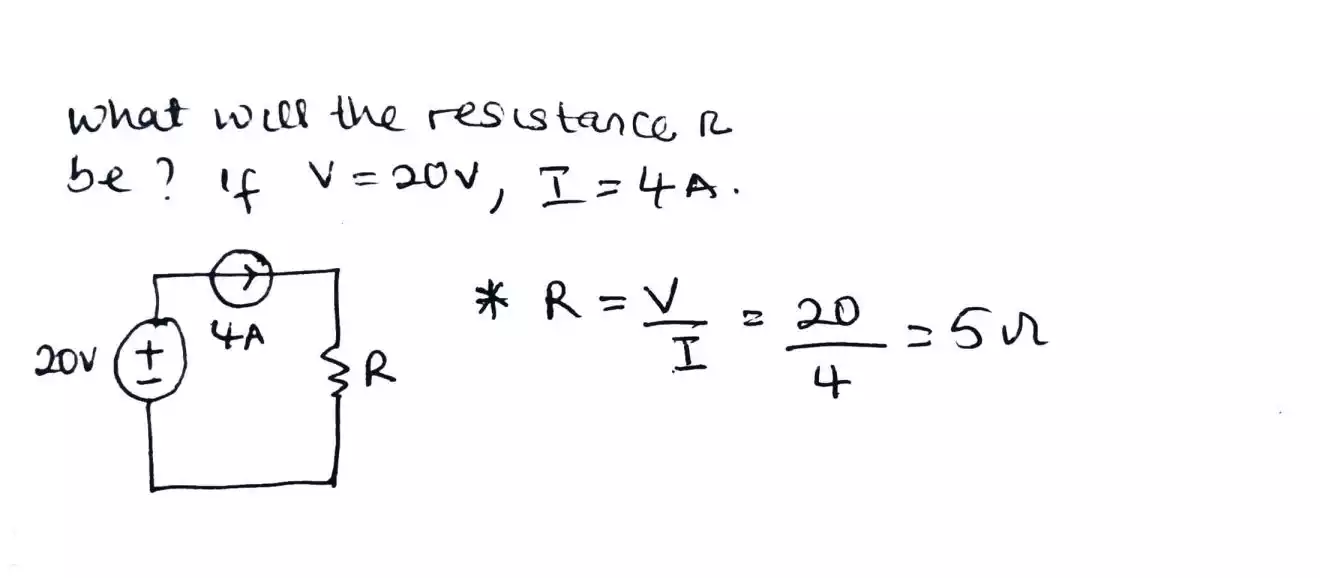
Ex.4: Try this - What will the current I be if voltage V = 100mv and resistance R = 10Ω

